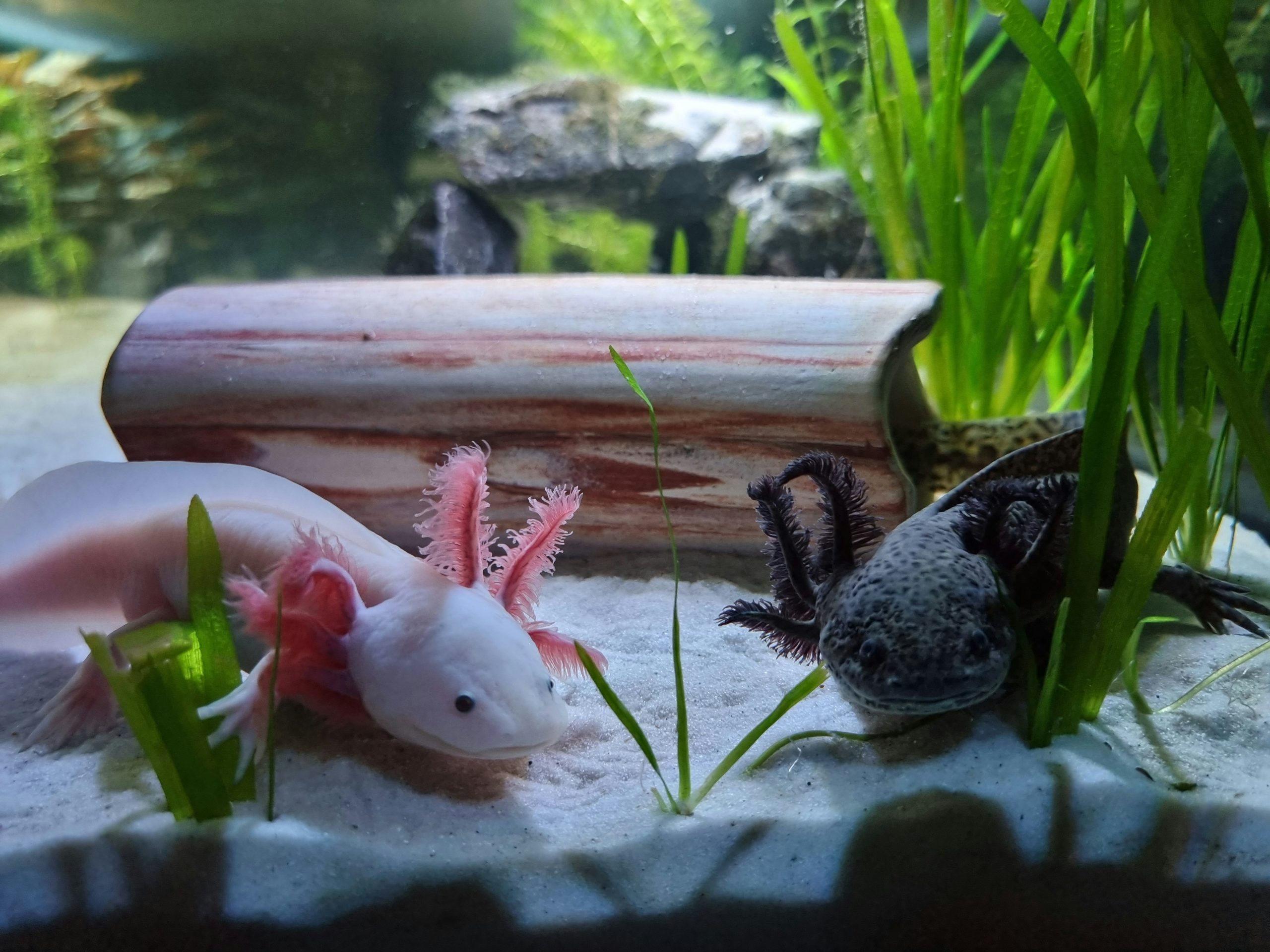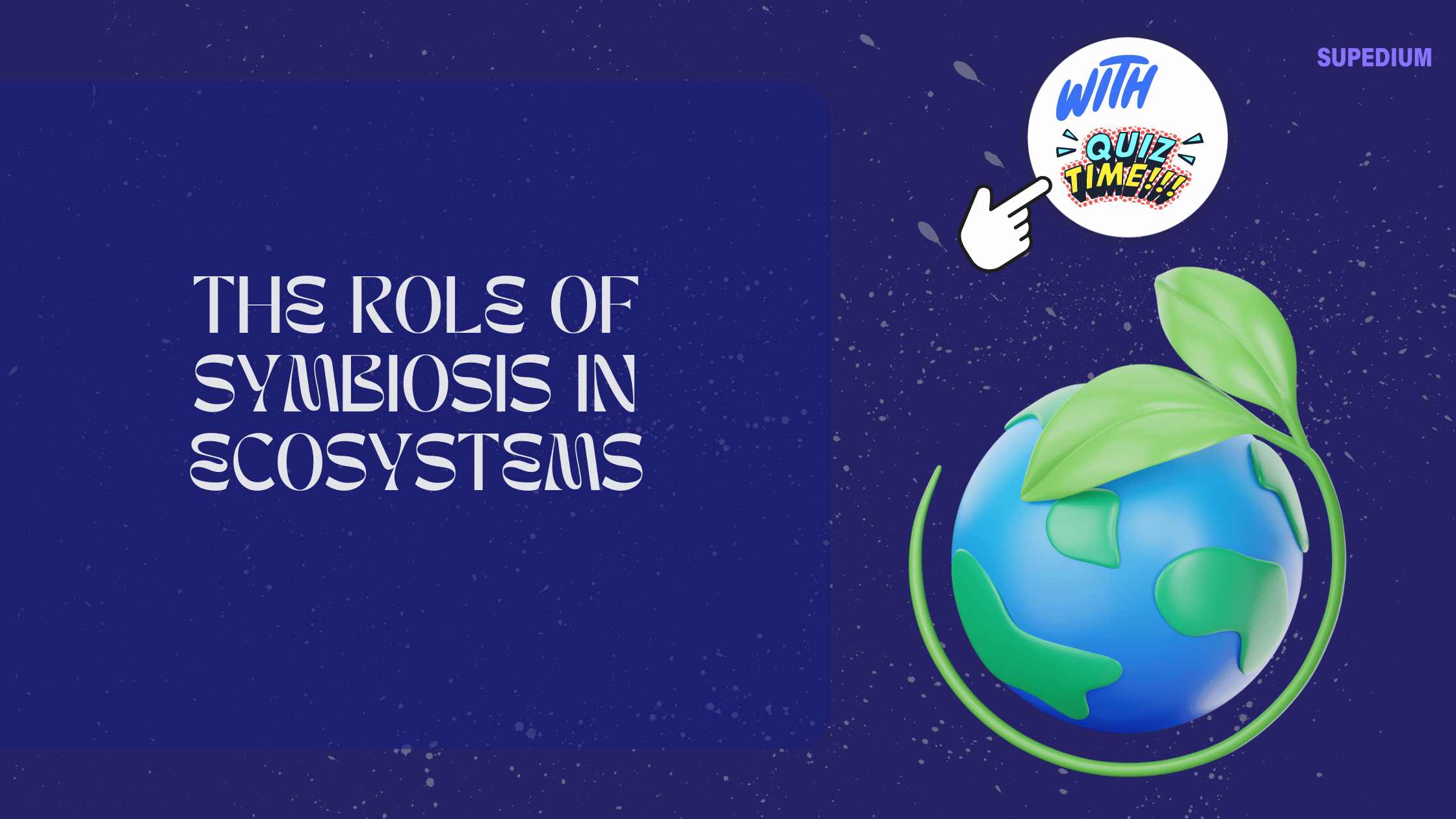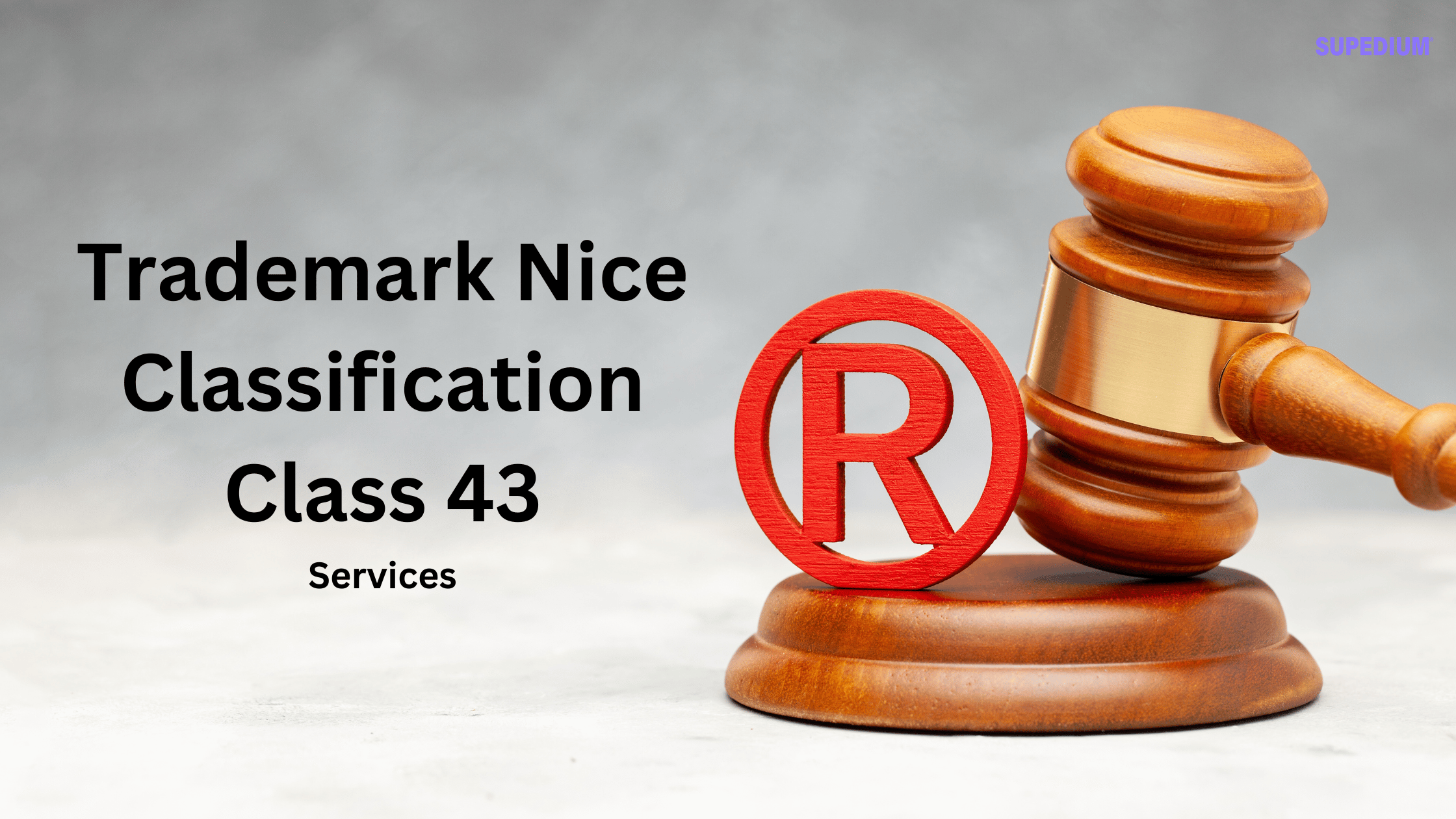Table of Contents
![]()
Axolotls, often referred to as Mexican walking fish, are fascinating creatures that can add a touch of the extraordinary to any home aquarium. With their striking appearance and intriguing biology, axolotls are not only captivating but also offer a unique set of care requirements. This article delves into the world of axolotls, providing a comprehensive guide to understanding, setting up, and maintaining an axolotl aquarium.
Understanding Axolotls
Physical Characteristics
Axolotls are easily recognizable due to their distinctive features. These amphibians can grow to about 9 to 12 inches in length, with their most notable features being their feathery external gills and wide, smiling mouths. They come in various color morphs, including:
- Wild Type: Characterized by a dark, mottled appearance with a golden or silver sheen.
- Albino: Featuring a pale, pinkish color with red eyes.
- Leucistic: A pale pinkish color with dark eyes.
- Melanoid: Lacking pigment with a dark, almost black coloration.
- Other Varieties: Including golden albino and axanthic morphs.
Unique Biological Traits
One of the most remarkable aspects of axolotls is their neoteny, meaning they retain juvenile features throughout their life. Unlike most amphibians, axolotls do not undergo metamorphosis but instead remain aquatic and gilled. They possess exceptional regenerative abilities, capable of regrowing entire limbs, spinal cord sections, and even parts of their heart and brain. Additionally, axolotls have adapted to both gill and lung respiration, though they primarily rely on their gills.
Behavior and Social Needs
Axolotls are generally solitary creatures, preferring to live alone. They exhibit territorial behaviors, which can lead to aggression if housed with other axolotls, especially if they are not adequately sized. Their diet mainly consists of small aquatic creatures, including worms and small fish. Observing their feeding habits can provide insights into their health and well-being.
Setting Up an Axolotl Aquarium
Choosing the Right Tank
When setting up an aquarium for axolotls, choosing the right tank is crucial. A minimum tank size of 20 gallons is recommended for a single axolotl, with larger tanks being preferable for multiple individuals. The tank shape should ideally be long rather than tall, as axolotls spend most of their time at the bottom of the tank.
Substrate Options
The choice of substrate is significant. Sand is generally preferred over gravel because gravel can be ingested accidentally, leading to potential health issues. Some owners opt for a bare-bottom tank, which simplifies cleaning and maintenance.
Tank Decorations and Hiding Spots
Providing hiding spots is essential for axolotls to reduce stress. Use smooth, non-abrasive decorations, such as PVC pipes or large, smooth rocks. Live or artificial plants can also provide hiding places and enhance the aesthetic of the tank.
Water Conditions
Axolotls thrive in cool water, with temperatures ideally ranging between 60-68°F (15-20°C). A reliable aquarium heater and chiller may be necessary to maintain stable conditions. The pH level of the water should be kept between 6.5 and 8.0. Low to moderate water flow is preferred as strong currents can stress axolotls.
Water Maintenance
Regular water changes are crucial to maintaining water quality. Aim to change 20-30% of the water weekly. Monitor parameters such as ammonia, nitrite, and nitrate levels using a reliable water testing kit. Address any algae growth promptly to prevent it from overwhelming the tank.
Feeding and Nutrition
Recommended Diet
Axolotls are carnivorous and should be fed a diet rich in protein. Commercial axolotl pellets are specifically formulated for their dietary needs. Supplement their diet with live or frozen foods, such as earthworms, bloodworms, and small fish.
Feeding Schedule
Feed axolotls two to three times a week. Adjust the portion sizes based on their age and size. Young axolotls require more frequent feeding compared to adults. Monitor their health and weight to ensure they are receiving adequate nutrition without overfeeding.
Common Feeding Issues
Overfeeding can lead to obesity and water quality problems, while underfeeding can result in malnutrition. If an axolotl refuses food, it may indicate a health issue or stress. Ensure the food is appropriate in size and check for any potential tank-related problems.
Health and Well-being
Common Health Issues
Axolotls can suffer from various health issues, including fungal and bacterial infections. Symptoms to watch for include discoloration, lesions, or unusual behavior. Parasitic infestations, such as worms, can also affect their health.
Signs of a Healthy Axolotl
A healthy axolotl will be active, responsive, and exhibit clear, vibrant skin and gills. Regular observation of their behavior and appearance can help in early detection of health problems.
Veterinary Care
Finding a vet experienced with amphibians is essential for proper care. Preventative measures, such as maintaining optimal water quality and a clean environment, can help reduce the risk of diseases.
Breeding and Reproduction
Breeding Behavior
Breeding axolotls requires careful observation of mating rituals. Males perform a courtship dance, and after successful mating, females lay eggs. The eggs can take up to two weeks to hatch.
Caring for Hatchlings
Once hatched, axolotl larvae should be transferred to a nursery tank with suitable conditions. They require a diet of small live foods, such as newly hatched brine shrimp. As they grow, gradually transition them to larger foods.
Challenges and Considerations
Breeding axolotls can be challenging due to genetic variations and the need for specific conditions. Successfully raising hatchlings to maturity requires careful attention to their developmental needs and health.
Legal and Ethical Considerations
Regulations on Keeping Axolotls
Before acquiring axolotls, check local regulations regarding their ownership. Some regions have specific laws or require permits. Additionally, be aware of import and export restrictions to ensure ethical sourcing.
Ethical Considerations
Proper care and responsibility are crucial for axolotl owners. Avoid capturing wild axolotls, as this can impact their populations and disrupt ecosystems. Opt for ethically bred axolotls from reputable sources.
Conclusion
Keeping axolotls in an aquarium offers a unique and rewarding experience. Their distinctive appearance, coupled with their fascinating biological traits, makes them a standout choice for enthusiasts. By understanding their needs and providing appropriate care, you can enjoy the mesmerizing world of axolotls while ensuring their health and well-being.
Share This





Be the first to comment